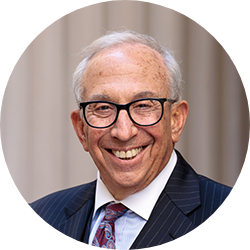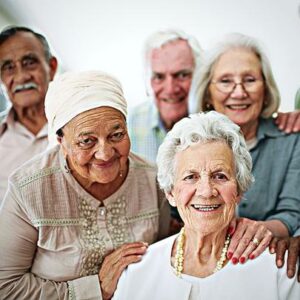Rates of nursing home abuse are increasing. According to several studies, the government, private industry, and non-profit organizations are insufficiently responding to these rising trends. There are several causes for the increase in nursing home abuse rates. First, the elderly population is set to expand as Baby Boomers continue to retire rapidly. Second, the rapid expansion of the nursing home industry leads to lower-quality care providers because there is inadequate time to train staff and equip facilities. Finally, research into nursing home abuse is decades behind the industry’s needs. Therefore, few people even know how to begin to solve these problems.

The Growing Elderly Population
The growing elderly population is a two-fold issue. First, the absolute number of elderly is rising, and, second, the number of people 85 years and older is set to increase rapidly in the coming decade.
Demographers have known for decades that the retirement of the Baby Boomers will place an inordinate strain on the economy. It was believed for years, and their predictions are coming true now, that the burden of this generation will encumber the economy and therefore the ability of the country to pay to care for them.
In 1940, the first year that regular Social Security payments were issued, there were about 9.5 million people over age 65. In 2010, that figure ballooned to about 35 million people over the age of 65 in the United States. According to the Census Bureau, those figures will jump to 70 million by 2030, and they will compose about 20 percent of the population.
Additionally, per studies from the Census Bureau, the number of Americans living past 85 is going to jump from about five million in 2010 to 8 million in 2030 and 14 million in 2040. Adults who are 85 and older require significantly more time and money for their care.
Victims of Nursing Abuse
Victims of nursing abuse predominantly come from lower-income backgrounds, have little social support, and are functionally impaired. For example, a 2009 study found that people with dementia were 50 percent more likely to suffer some abuse. Additionally, younger victims are far more likely to report abuse than older victims. Typically, people in their 50s and 60s report abuse at much higher rates than those who are 70 and older. The study also determined that victims of past abuse were more likely to suffer incidents of future abuse.
Unfortunately, these studies found the overriding trend to be that people who are unable to protect themselves are victimized at higher rates.
In a 2014 study, 33 percent of disabled women living in a facility (retirement home or nursing home) reported being victims of interpersonal violence. By comparison, 21 percent of women in facilities without a disability reported abuse.
In 2010, a study found that 47 percent of respondents who suffered from dementia were mistreated by their caregivers. Furthermore, a 2009 study found that nearly 50 percent of people with dementia suffered abuse. The studies hypothesize that memory and cognitive impairments due to dementia facilitate abuse.
(Article continues below Infographic)

Types and Perpetrators of Elder Abuse
A recent study found that 57.9 percent of abusers were family members; however, that abuse was primarily centered on financial abuse. Financial abuse occurs when a person exerts undue influence over a senior to secure control over their finances for personal gain.
In contrast, verbal, sexual, and physical abuse composes a small percentage of abuse cases, 14.9 percent. However, the vast majority of sexual, verbal, and sexual abuse is perpetrated by nursing aides, rather than family members. Moreover, the government is exercising very little authority or oversight over these facilities. A 2008 Government Accountability Office study found that 70 percent of state surveys overlook at least one deficiency in nursing homes and that 15 percent miss actual harm leading to the immediate risk of injury.
Keeping the Elderly Safe
There are two primary ways to combat nursing home abuse: the education of the community and social support. A 2014 study published in the Journal of Elder Abuse & Neglect found that education on elder abuse is critical to ensuring that attitudes toward it are maintained over time. Mostly, the study found that education in college and ongoing training at facilities reduces abuse and reinforces that trend over the long term.
The second prong to preventing nursing abuse is social engagement and support. Social engagement and support from friends and family is the only way to ensure that specific loved ones receive proper care. No amount of abstract training can ever replace the time and presence of people who care.
Finally, part of engagement also means ensuring that nursing homes obey the law and respect their patients. Attorneys are the final defense to ensuring that individual patients receive dignity and care, rather than abuse and violence.







